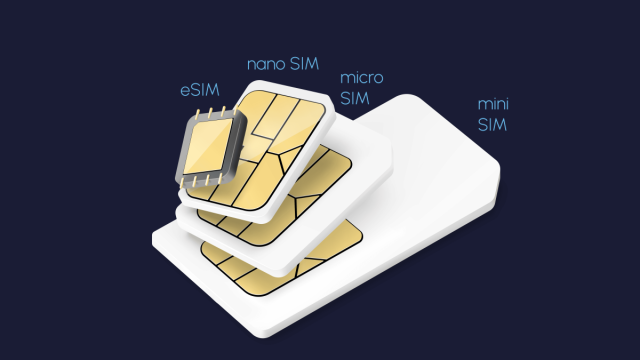The world of mobile phones and connectivity has come a long way since the invention of the Subscriber Identity Module, popularly known as SIM card in 1991. As technology has progressed, so too have the sizes and capabilities of SIM cards.
In this article, we will explore the different SIM card sizes available today, their compatibility with various devices, and how to buy an Airtel SIM card. So, let’s dive in and learn all about the world of SIM cards!
1. Micro SIM Card
Contents [show]
A micro SIM card, also known as 3FF (Third Form Factor), was introduced in 2010 and is smaller than the standard mini SIM card. Measuring 15x12mm, it is often used in smartphones and tablets. The micro SIM card retains the same functionality as its larger counterparts, but its reduced size allows manufacturers to create slimmer, more compact devices.
Despite its smaller size, the micro SIM card still contains all the necessary information for a mobile network, such as the International Mobile Subscriber Identity (IMSI) number, authentication key, and other essential user data. Some devices, like IOS phones, were among the first to adopt the micro SIM card.
If you have a device that requires a micro SIM card and you currently have a standard mini SIM, you can either request a new SIM card from your mobile network provider or use a SIM card cutter to trim your existing card down to size. However, it is essential to be cautious when cutting your SIM card, as any damage to the chip may render it unusable.
2. Nano SIM Card
The nano SIM card, or 4FF (Fourth Form Factor), is the smallest SIM card size available today. Introduced in 2012, the nano SIM card measures just 12.3×8.8mm and is used predominantly in newer smartphones and devices that require even smaller components to accommodate their slim designs.
The nano SIM card is 40% smaller than the micro SIM card, and its introduction was met with some controversy. Manufacturers had to redesign their devices to accommodate the smaller cards, causing some inconvenience to consumers who had to replace their existing SIM cards. However, the nano SIM card has become the standard in many smartphones, including the iOS models, as well as several Android devices.
To use a nano SIM card in a device that requires a micro or mini SIM card, you can purchase a SIM card adapter, which allows you to fit the smaller card into a larger slot. Alternatively, you can request a new SIM card from your mobile network provider.
3. Embedded SIM (eSIM)
An embedded SIM, or eSIM, is the latest development in SIM card technology. Unlike traditional SIM cards, an eSIM is not a removable physical card but is instead embedded within the device itself. This technology allows devices to be even smaller and slimmer and eliminates the need for a physical SIM card slot.
eSIMs are reprogrammable, meaning that you can change your mobile network provider without needing to swap out a physical SIM card. This technology is particularly useful for devices with limited space, such as smartwatches and Internet of Things (IoT) devices. Some latest smartphones have also begun incorporating eSIM technology alongside traditional SIM card slots.
Buy an Airtel SIM today
Airtel is a leading telecommunications company in India, offering a wide range of mobile services. If you are looking to buy Airtel SIM card, you can do so at any Airtel store or authorised retailer. Alternatively, you can order a new SIM card online through the Airtel website. All you have to do is visit the Airtel website, click on the ‘Prepaid’ option from the ‘Buy A New Connection’ section, and fill in the necessary details asked on the website. Your sim will be activated and delivered to your mentioned address in the next 24 hours.
Different mobile models have different SIM card slots. It is best to get your SIM card trimmed to different sizes, so that you don’t have to worry about investing in a new SIM card every time you purchase a new mobile handset.


